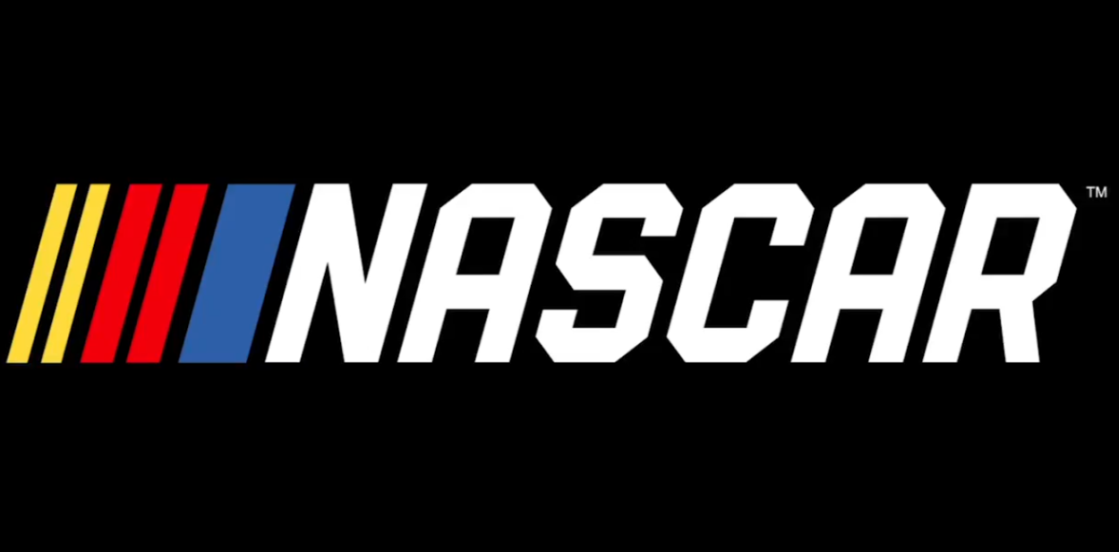
Whenever NASCAR heads out to Daytona or Talladega, it provides a unique racing experience. High speeds, big packs, and big crashes are expected. This style of racing has been around for decades, helping make superspeedways one of the biggest draws on the schedule.
However, something has changed over the past seven years. Superspeedway races have suddenly turned into complete wreckfests. Big crashes have always been a threat, but never have they been as common as they are today.
The Daytona 500, NASCAR’s biggest race, has fallen victim to this. Since 2017, nearly 80 percent of cars that entered the 500 have been involved in some sort of crash. The numbers are astonishing.
2017: 33/40
2018: 29/40
2019: 36/40
2020: 33/40
2021: 30/40
2022: 27/40
2023: 30/40
2024: 28/40
Only one other Daytona 500 prior to 2017 has featured as many crashed cars as the ones in this list, that being 2011 with 29.
So what changed?
The most obvious difference between pre and post 2017 seasons is the presence of stages. NASCAR introduced stage racing in 2017, dividing the race into three sections. This caused a handful of incidents, as drivers made more aggressive moves to maximize points at the stage end.
However, this impact was marginal in the grand scheme of things. One of the key differences lies in the superspeedway package.
In 2019, NASCAR introduced radical changes to horsepower and downforce on the car across all tracks. Superspeedway cars dropped to 550 horsepower. The rear spoiler was set to eight inches, a height so tall that the top half of the spoiler was made clear to prevent it from blocking the view out the mirrors.
Immediately, there was a visual impact on the racing. Trailing cars could get runs so large, the car ahead was practically helpless. Blocking these runs was incredibly dangerous, and resulted in numerous incidents.
Comparing the Packages
In 2014, Dale Earnhardt Jr was leading the Daytona 500 with two laps to go. Behind him, Brad Keselowski got a push from behind and had a run on Earnhardt coming out of the second turn. Earnhardt swiftly pulled up in front of Keselowski, stalling the run. This stall was a product of, “a bubble of air,” which came between the rear of the lead car and the front of the trailing car.
To overcome this, it would take a perfect storm of getting enough help from behind at the right time to make the pass.
With the new package, the way the air traveled over the rear spoiler changed. Suddenly, that bubble of air mitigated. Runs became so large, and simple blocks like the ones Earnhardt threw in 2014 would no longer stall the run.
The 2020 Daytona 500 demonstrated this. On the last lap, Ryan Blaney pushed Ryan Newman past a helpless Denny Hamlin for the lead. Hamlin settled back in line, now opting to push Blaney to get past Newman coming out of the final corner.
The run was massive. Blaney looked low. Newman blocked. Blaney didn’t lift. Newman got hooked.
It was a violent, horrifying wreck that resulted in Newman hitting the wall, flipping over, and getting t-boned on the driver’s side by a car at full speed.
Newman survived, but it was a reminder of the danger this new superspeedway package had created.
Little has changed since the introduction of the Next-Gen car. Horsepower at superspeedways dropped to 510. The rear spoiler is an inch smaller. But much is still the same.
Runs are still huge. Blocking is still a death trap. When these superspeedway races come down to the final laps, managing risk fades.
Drivers will push the car in front of them as hard as they can. They’ll go for risky overtakes. And if there is no other choice, they’ll block.
So the wrecks keep happening.
Gone Too Far?
The chaos has gotten to the point where the value of winning the Daytona 500 has come into question. So much of winning the race comes down to luck.
Who can survive the carnage? Who can be in the right place at the right time?
This has always been a part of winning the Daytona 500, but it’s never been as prevalent as it is now. It’s unlikely to change either.
No matter what the future holds for the Daytona 500 and superspeedway racing in general, it’s clear that its current state is growing worrisome across NASCAR. Teams lose hundreds of thousands of dollars with each wrecked race car. Drivers take vicious hits in an already rigid car. The sport’s most important races turn into a crapshoot.
Time will tell just how much longer NASCAR can sustain this.
Image courtesy of NASCAR.com
Stay tuned each week for more news and analysis from the world of motorsport
“Follow” the The Game Haus on X for more motorsport coverage, as well as other sports and esports.
“From Our Haus to Yours!”
- SEO Powered Content & PR Distribution. Get Amplified Today.
- PlatoData.Network Vertical Generative Ai. Empower Yourself. Access Here.
- PlatoAiStream. Web3 Intelligence. Knowledge Amplified. Access Here.
- PlatoESG. Carbon, CleanTech, Energy, Environment, Solar, Waste Management. Access Here.
- PlatoHealth. Biotech and Clinical Trials Intelligence. Access Here.
- Source: https://thegamehaus.com/sports/the-chaos-and-controversy-of-nascars-superspeedway-racing/2024/02/25/



